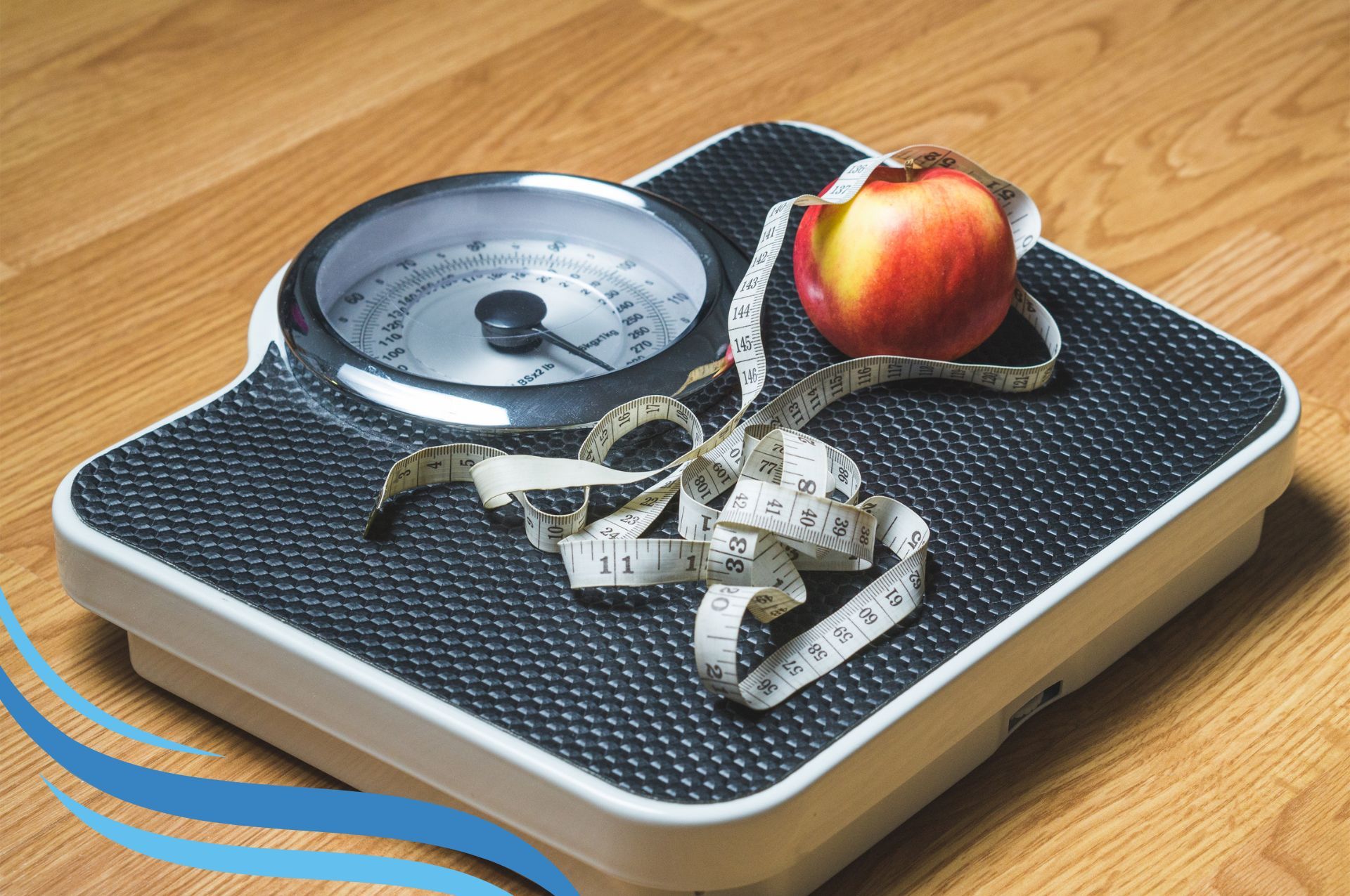Blog Layout
How Do You Prevent Back Injury When Lifting?
Patrick Campbell • 21 September 2021
Back injuries are very common, especially in the workplace. In Great Britain, an estimated 15% of workplace injuries are back-related and the majority of the time result in the employee being incapacitated for over a week. However, back injuries can also occur when at home and even when engaging in sports.
High impact sports can sometimes lead to back pain. This should however not discourage anyone from exercising. For those that may suffer back problems when working out, it is advisable to switch to low impact sports like swimming that enable them to keep fit without the physical strain.
Besides the effects of high impact sports, back problems are often a result of applying improper lifting techniques or suffering accidents. When back injuries occur, it can affect any of the several structures that make up the back including muscles, discs, and joints.
- Muscle Injury – muscle strain and ligament sprains are the most common muscle injuries that result from lifting. Muscle strain often occurs due to weak muscles that are overstretched and become torn. Ligament sprain affects the fibrous tissues that are found between bones. They also become overstretched and torn when too much stress is placed on them. Both conditions can be quite painful and cause mobility to suffer. The recovery period can vary from weeks to months.
- Disc Injury – discs are the cushioning between vertebrae in the spinal column. They are made up of fibrous tissue that when strained can cause them to bulge, shift out of place, or even rupture. They can also come in contact with nerves in the spine, causing severe pain. Injury to the lower vertebrae can cause pain to radiate down into the buttocks and legs.
- Joint Injury – there is a complex and flexible network of bones that radiate from the spine. When a poor lifting technique is used, it can sometimes result in stiffening of the joints. When the joints become 'locked', it can cause lower back pain that can radiate down into the buttocks and legs.
Poor lifting technique can result in any of the above types of injuries. It usually means that a person has taken an awkward stance when lifting a heavy object or is lifting a heavier object than they should. Learning the right techniques when doing heavy lifting can help avoid such injuries and the long recovery that is involved.
Tips to Preventing Back Injury When Lifting
1. Clear The Space Around
Injuries can easily happen when you work in an unsafe environment. The load will often obscure your vision making it easy to trip or slide. Ensure that the path from where you are picking up the load to where you will set it down is reasonably clear to avoid accidents. Ensure the surface is even and not slippery.
2. Evaluate The Load
Carrying an excessively heavy load can still injure you even with the correct form. Consider the weight of the load before deciding if you will tackle it. If too heavy to take on alone, get someone else to help you or get in some loading equipment like a trolley or forklift. Do not attempt lifting something heavy unless you are sure you can safely do so.
3. Warm-Up
Do a little jog or brisk walk before you perform this task. This will boost blood flow to your muscles that will help reduce the risk of muscle injury. It also helps to promote lubrication to bone joints making it easier and more flexible to move. Ensure you are wearing comfortable and fitting clothing and footwear.
4. Bend at The Hips
Always bend at the hips and not the back. Some people think bending with the knee is safest but that is a misconception. Focus on the hips, and not the lower back, while keeping the upper part of your body as upright as possible and facing forward. You can squat even blow knee level as this will activate the larger muscles in your legs. Relying on these muscles will reduce the risk of injury to your back.
5. Back Straight, Face Forward
When you face forward while bending at the hip, it becomes easier to maintain a straight posture of the back. In this position, your leg and hip muscles will end up being better engaged and doing most of the work when lifting. This will reduce the risk of back injury. Do not twist in another direction. If you need to turn, lead with the hips. This will allow the rest of your truck to turn along in unison. Keep your face looking forward and not looking down at the load once you have lifted it.
6. Position The Load Close to Your Body
Keeping the load as close as you can to your body will make the lift easier as it will be positioned closer to your centre of gravity. Position it as close to the waist as you can for this. The further away the load is away from your centre, the more energy you will need to exert, with the extra force emanating from your lower back. Try to keep your feet at least shoulder-width apart and one foot slightly ahead of you to maintain balance.
7. Get A Firm Grip
As you position the load against your body, ensure you have a firm grip on it. When the load feels secured you can better maintain a straight back and move forward confidently. Make sure the hold allows you to hug the load as close to your body as possible. This will reduce the strain on your hands.
8. Pause If You Need To
If something feels off, put down the load as safely as you can and make whatever adjustments. Even if it means getting someone else to help. it is not uncommon to overestimate your abilities. If you realize the weight is more than you can handle, seek an alternative solution rather than allow yourself to get injured and incapacitated.

by Patrick Campbell
•
3 April 2025
Welcome Baby Acorn Clinic! We’re thrilled to share some exciting news this month— Kube Medical has acquired Baby Acorn Clinic . This specialist service provides frenulotomy (tongue-tie) procedures for babies under one year old and will now operate as part of the Kube Medical family.

by Patrick Campbell
•
11 March 2025
If you have private health insurance with Bupa, Axa, Aviva, Vitality, or WPA, you may be eligible to receive Chiropractic, Osteopathy, or Physiotherapy treatment at Kube Medical in Swindon. Many health insurance policies cover musculoskeletal treatments, but it’s important to understand how the process works, what is covered, and how to make a claim.
This guide will walk you through the insurance process, what treatments are covered, and how to book an appointment using your insurance.

by Patrick Campbell
•
23 July 2024
Do you often find yourself reaching for painkillers to alleviate those pounding headaches or debilitating migraines? You're not alone. Headaches and migraines affect millions of people worldwide, impacting their daily lives and productivity. Fortunately, there are ways to manage and prevent these painful episodes without solely relying on medication. In this blog post, we'll explore some practical tips for headache and migraine relief and discuss the benefits of chiropractic and osteopathic treatments in addressing these issues.
Quick Links
Contact Details
Mon-Fri
8:00 AM - 8:00 PM
Sat 8:00 AM - 2:00 PM
Address
Nexus Business Centre, Darby Close, Swindon, SN2 2PN
Company Reg No. 6706073
Copyright © 2025 Kube Medical Limited. All Rights Reserved.








